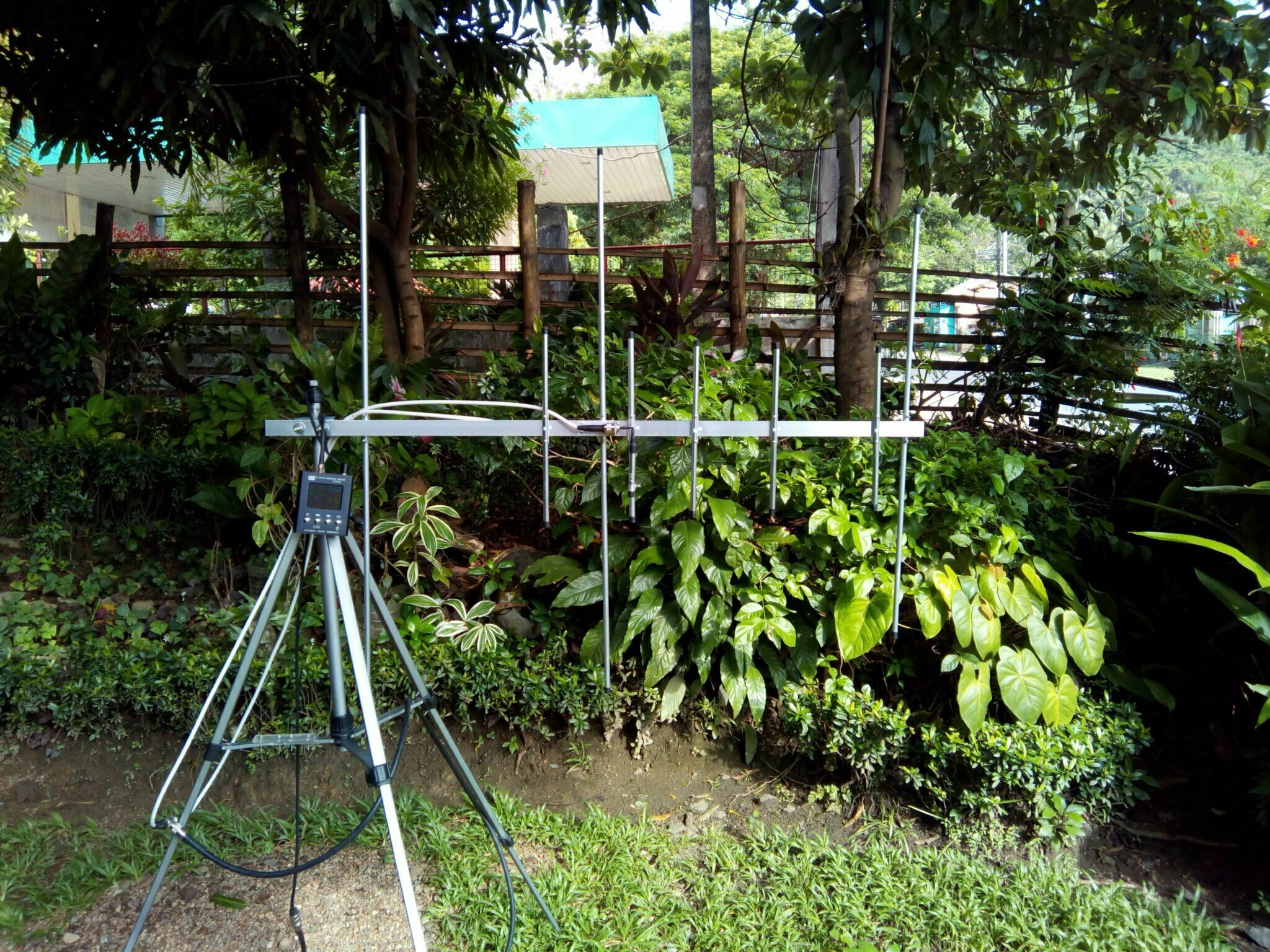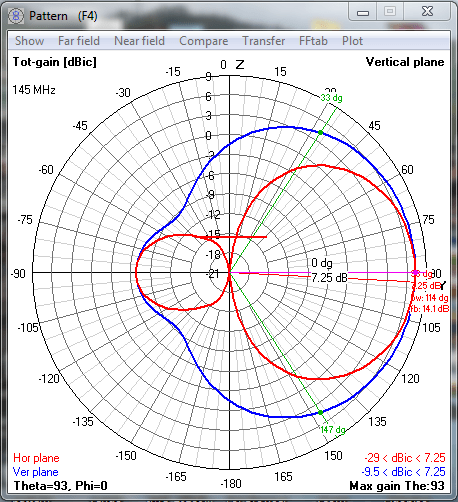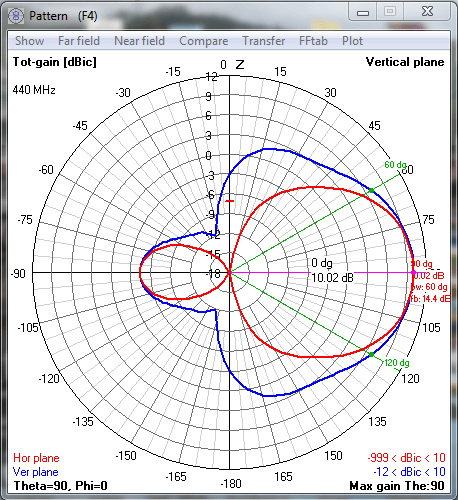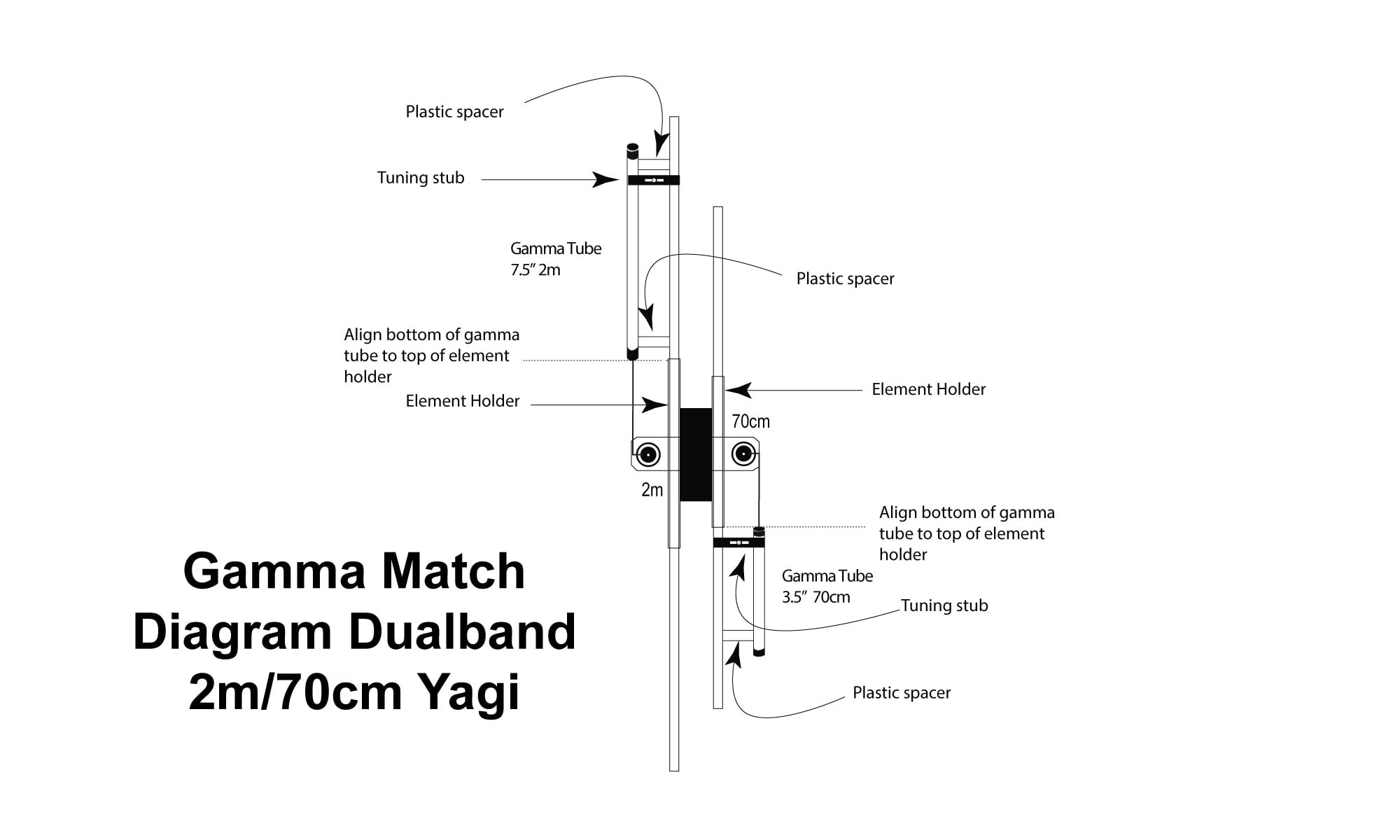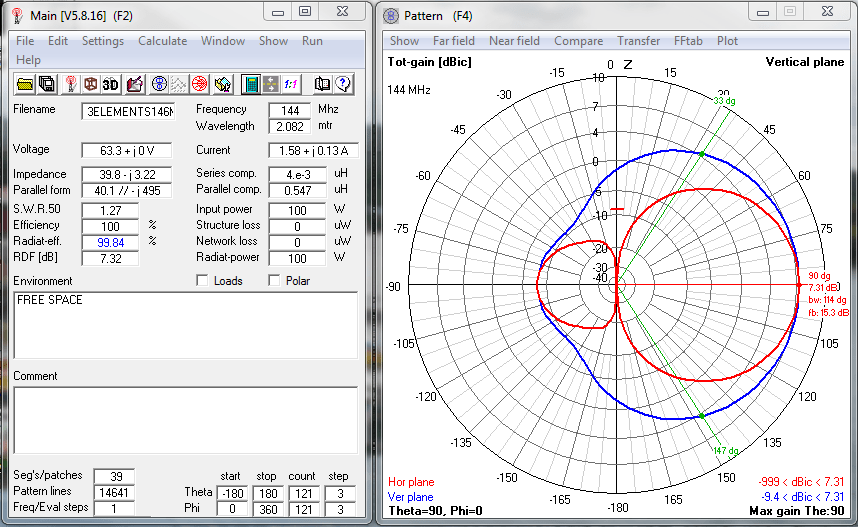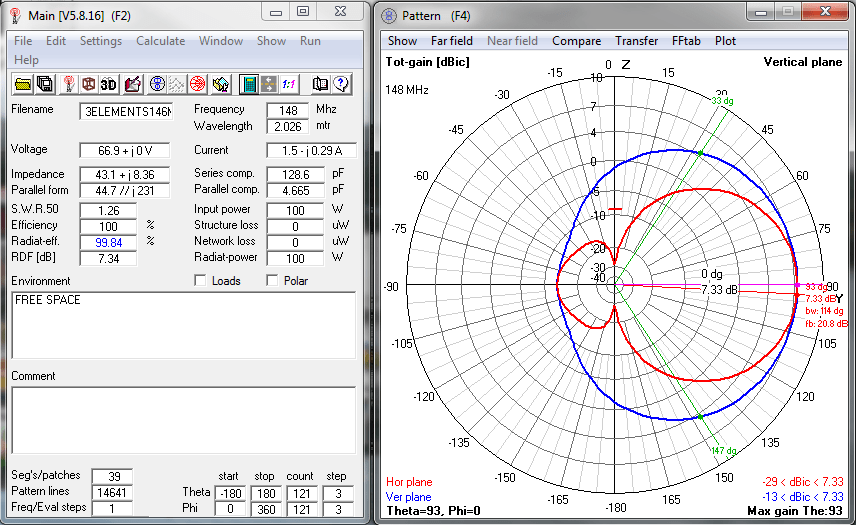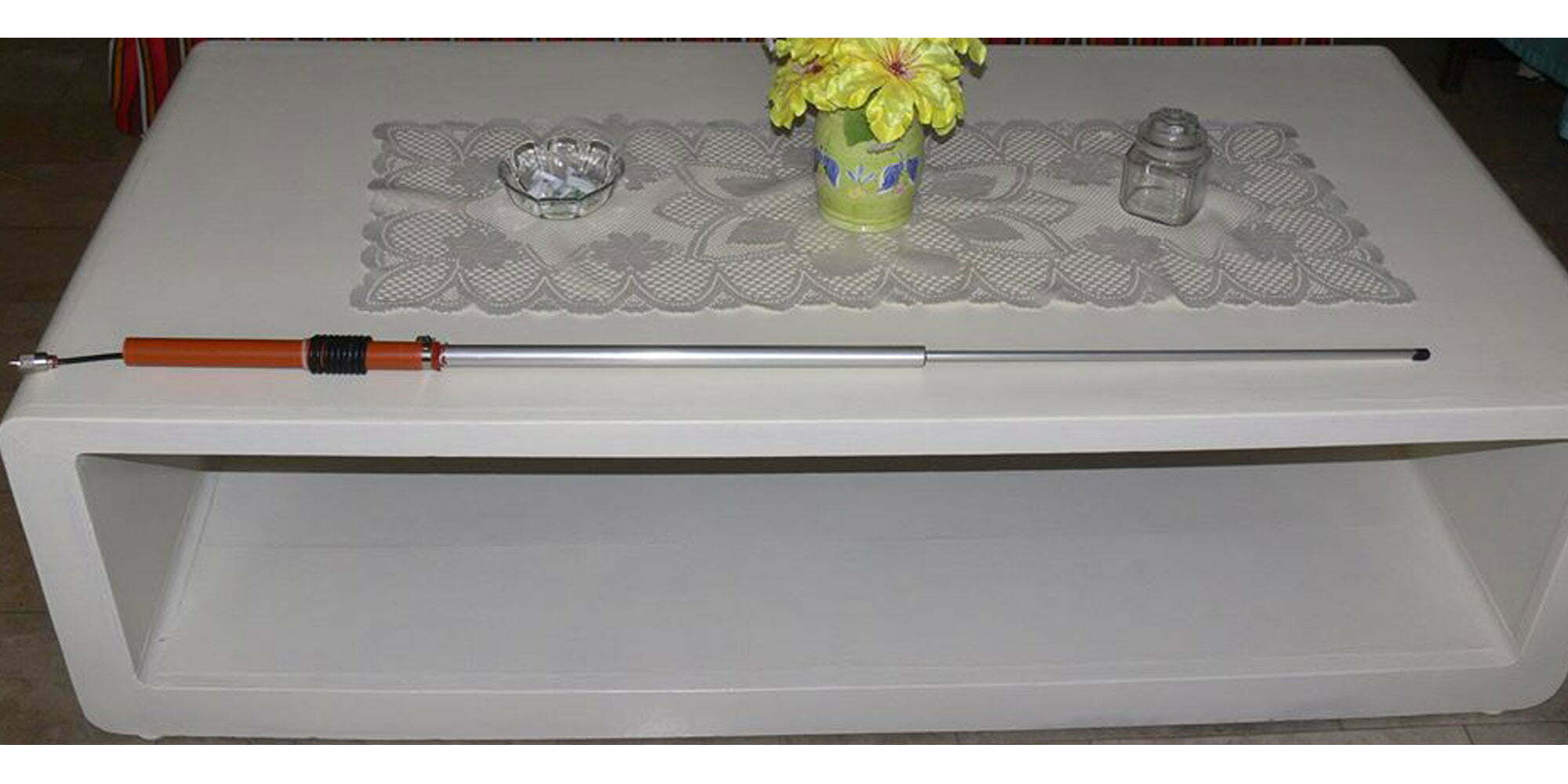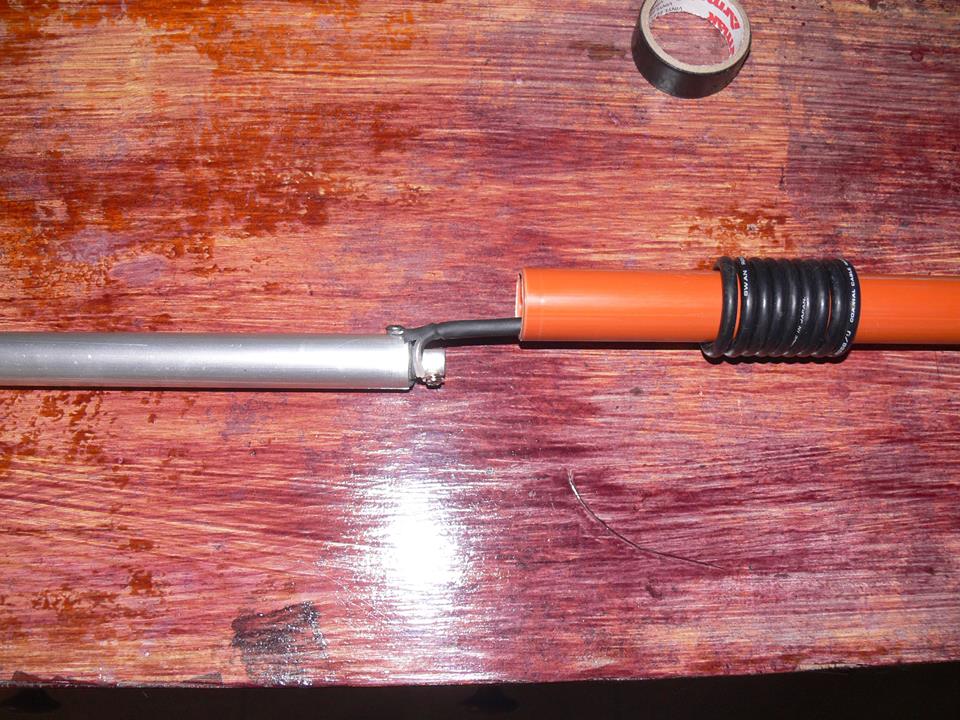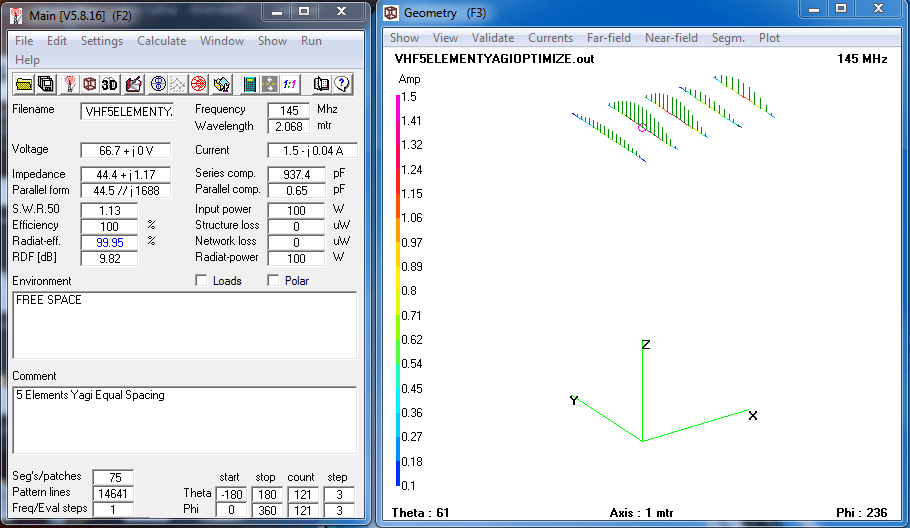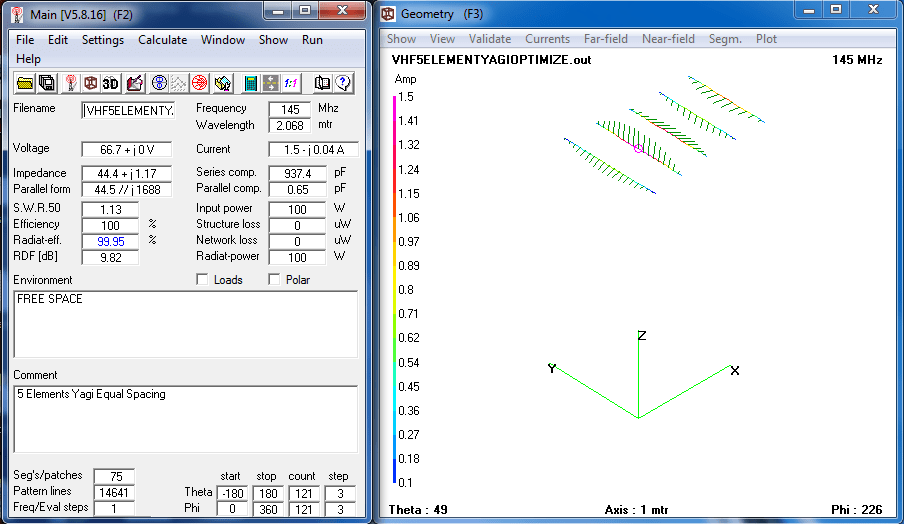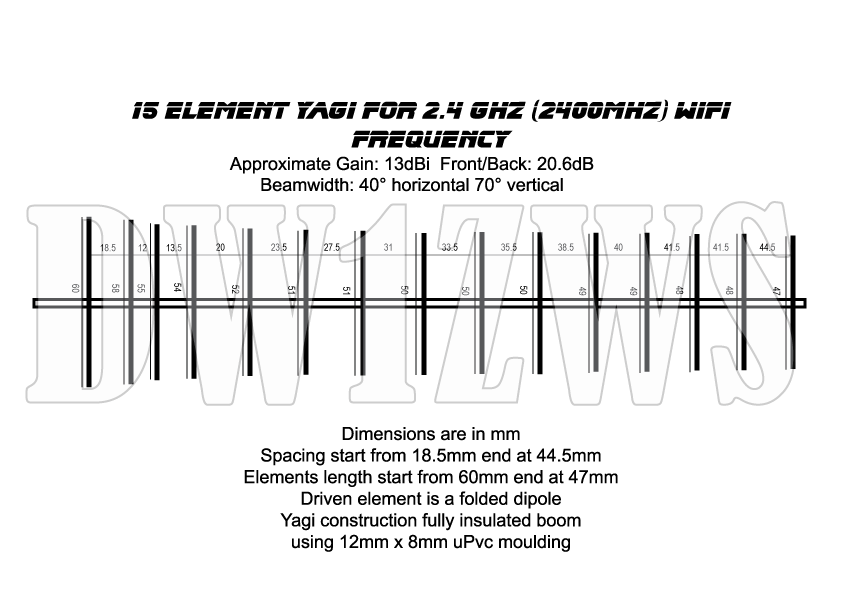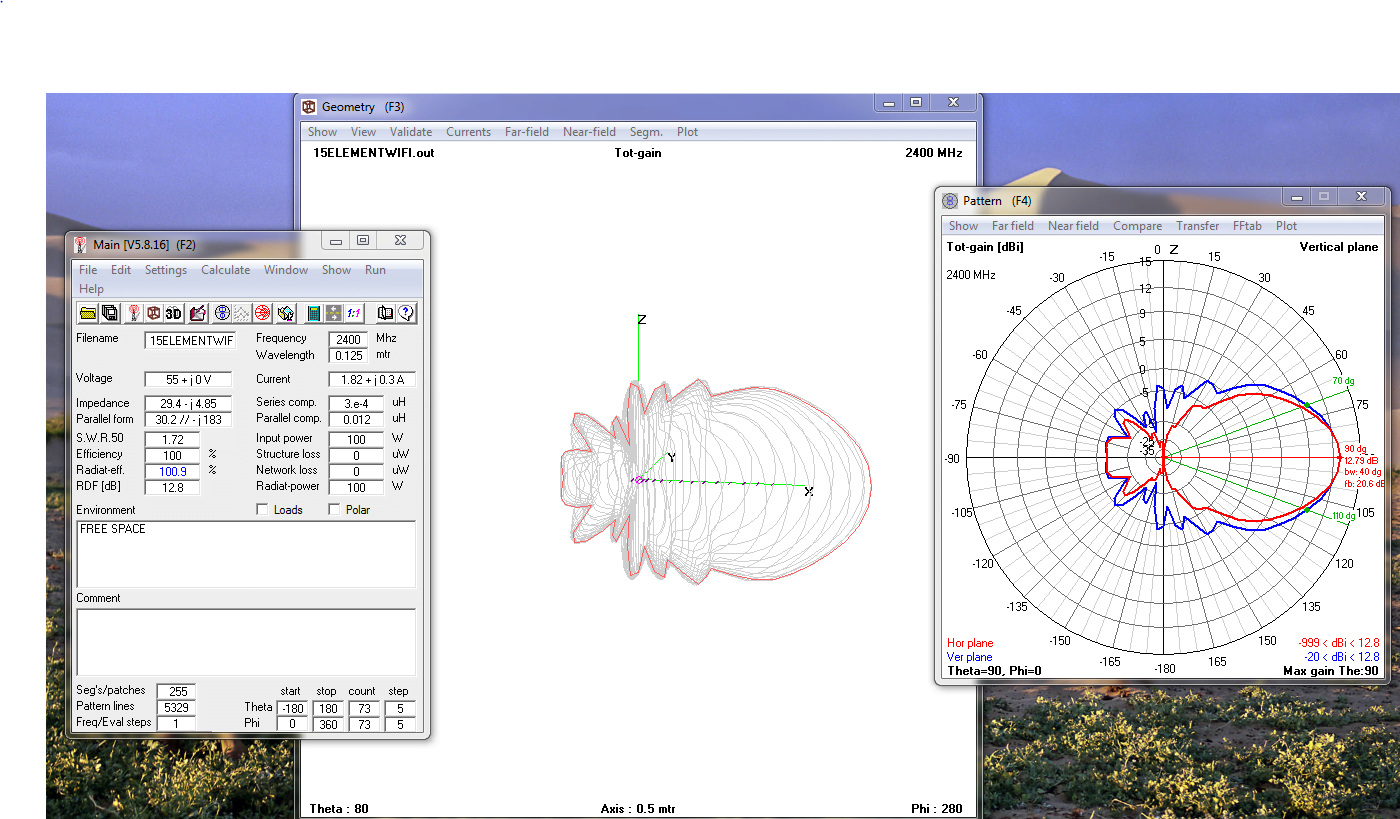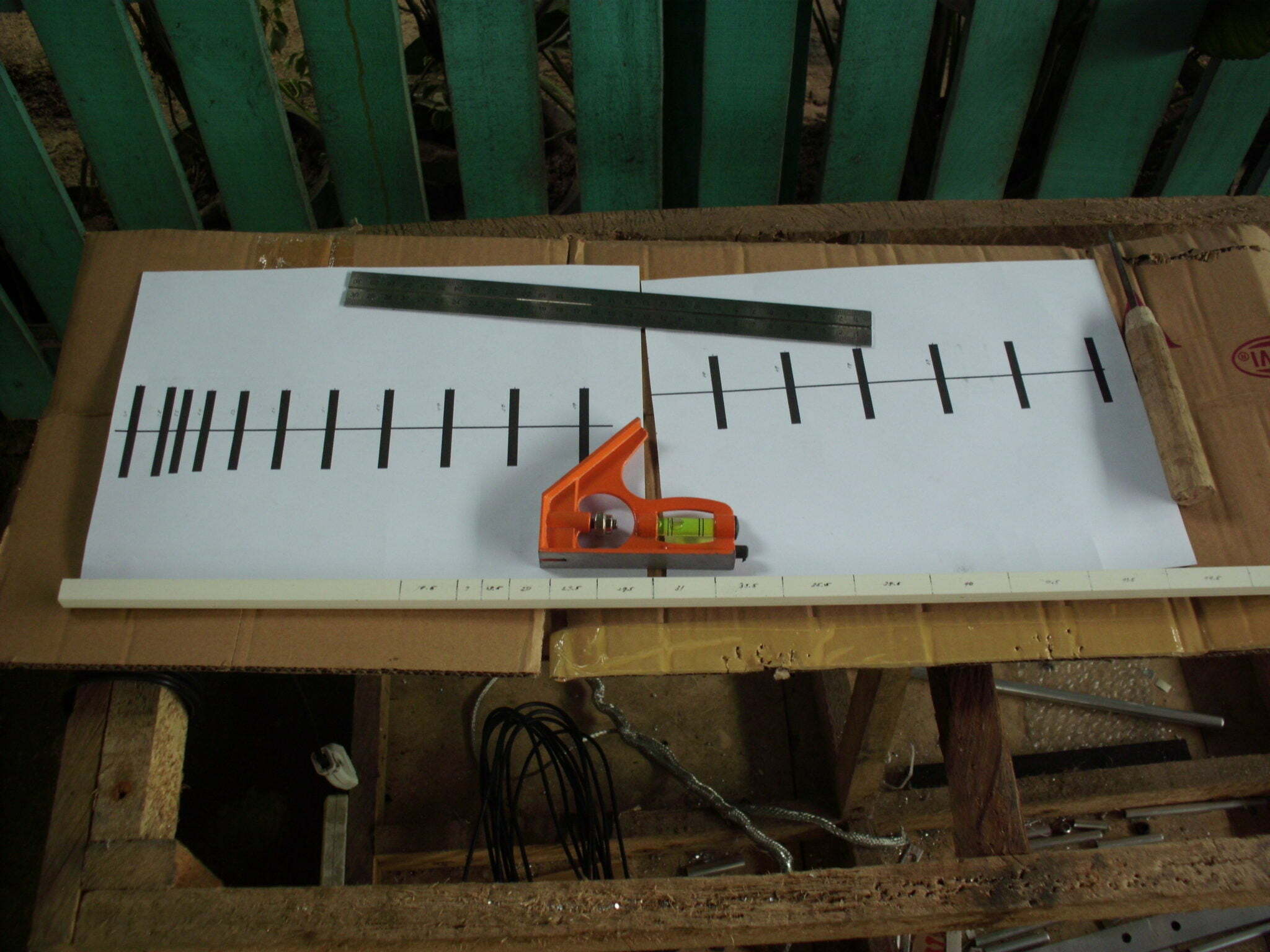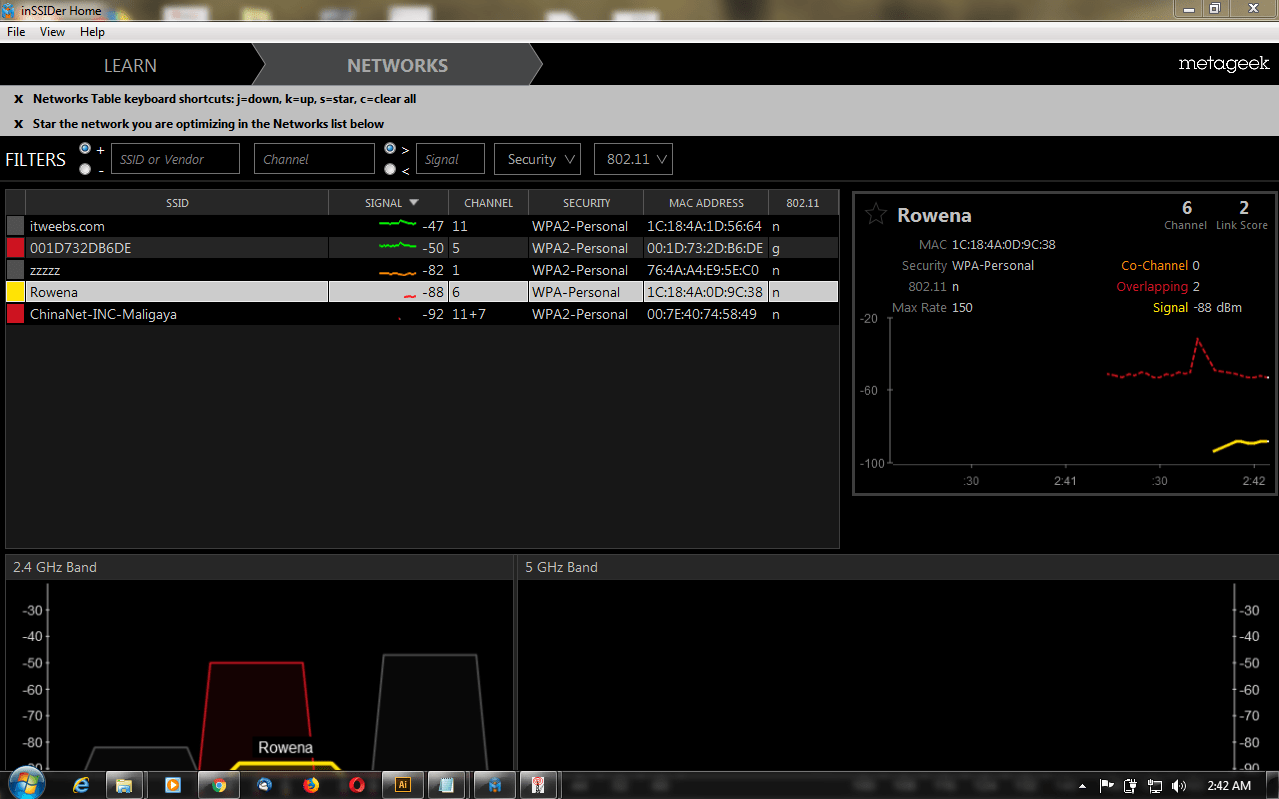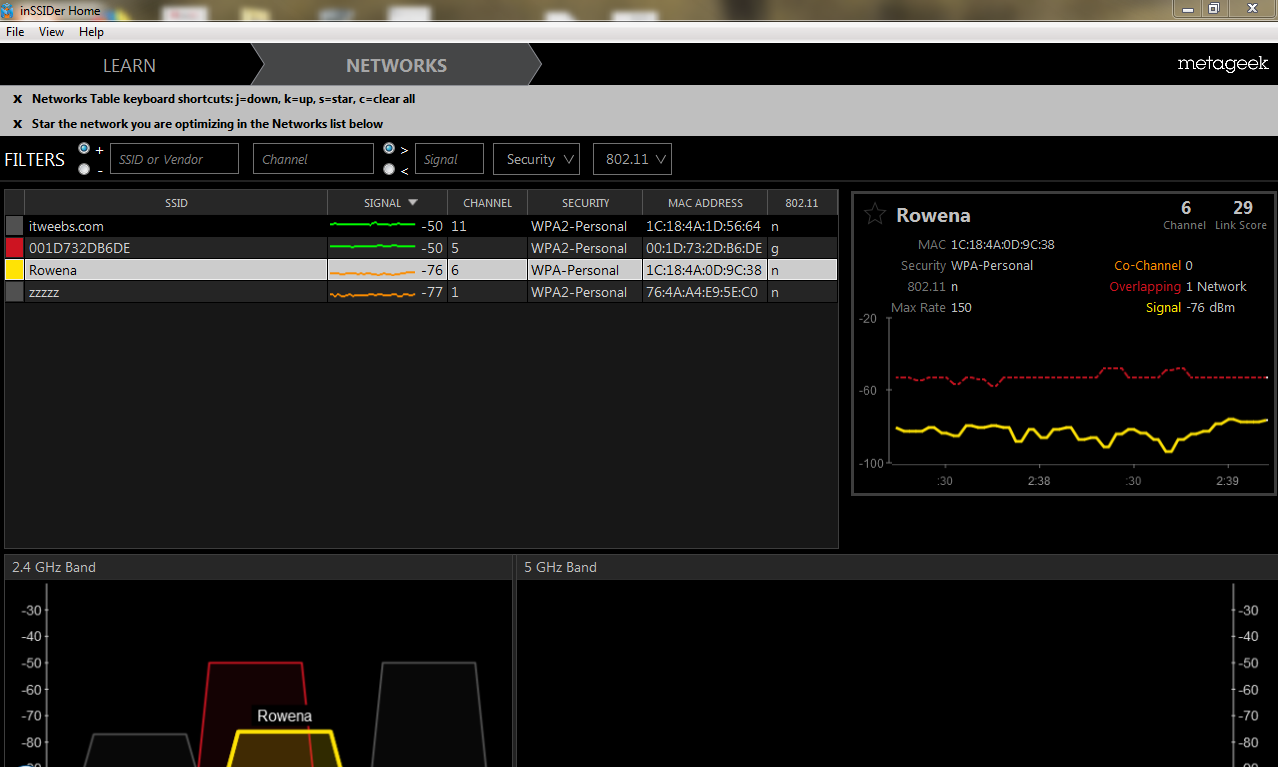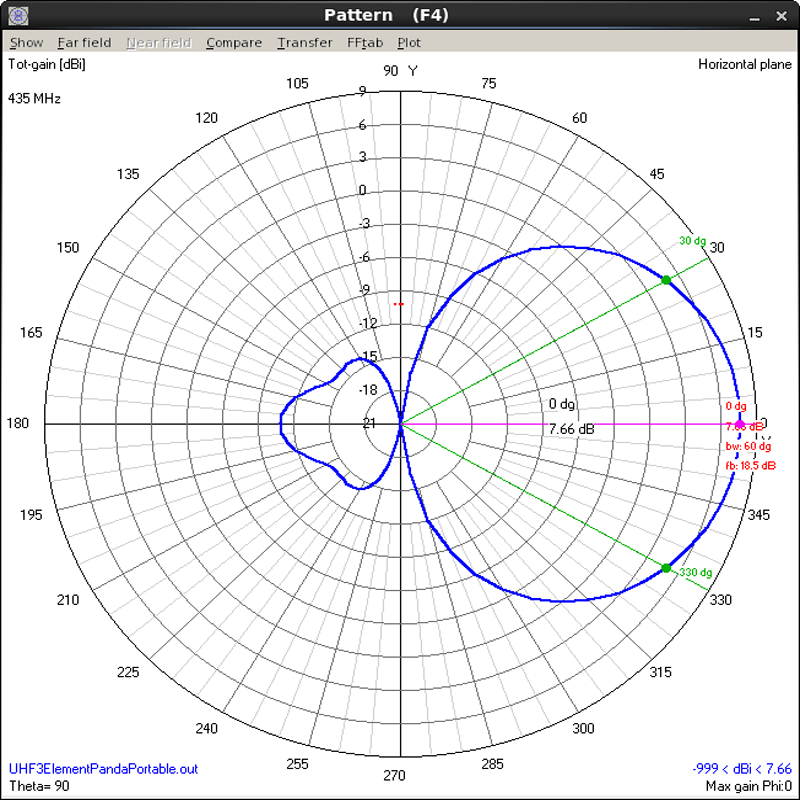Improving on the design of my 15 Element Yagi Antenna for 2.4Ghz Wifi band, now with a much cleaner pattern no side lobes and higher front to back ratio at 24.8 dB. This antenna is pretty much usable from to 2340 Mhz to 2460 Mhz with less than 2:1 SWR this is centered at 2420Mhz with 1:1 SWR and about -30dB S11 antenna reflection coefficient.

Download the PDF Document Here

Im still using the same materials to build the antenna
Materials Lists
1. 12mm x 8mm uPvc moulding (Boom)
2. #12AWg solid wire for elements
3. Measuring tool / precision cutter
4. 1 SMA female connector
5. Coaxial cable suitable for SMA connector
6. Sandpaper or file tool for removing rough edges of the elements

Building it is pretty straight forward just cut and paste (lol) bend the driven element and feed it with a 50 ohm coaxial cable rated for WiFi frequency, and check the SWR of the antenna.

Here’s the finished antenna side by side with my previous build.
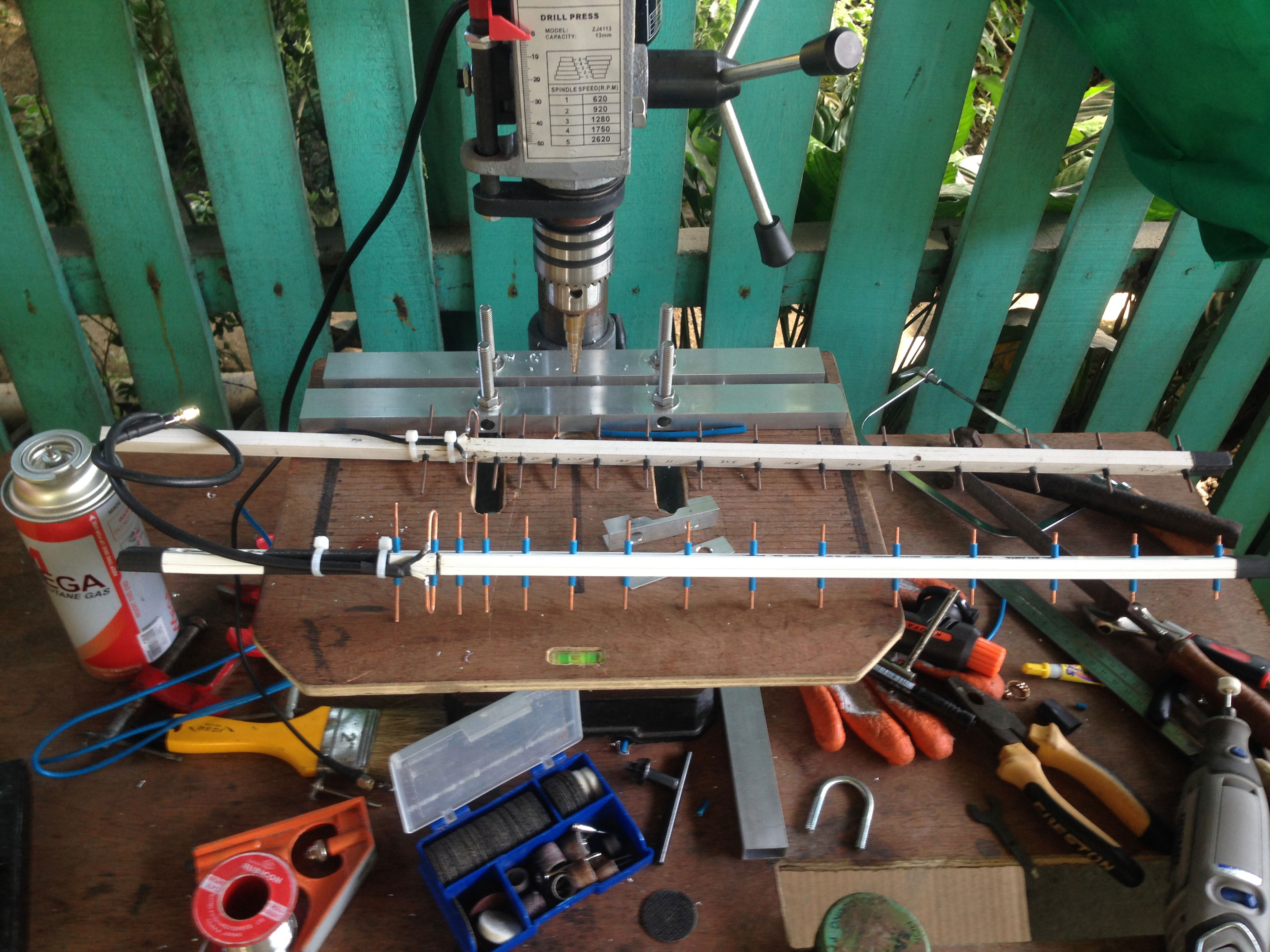
SWR testing video of 15 Element 2.4Ghz yagi antenna
Actual receive analysis and link performance of the yagi antenna


